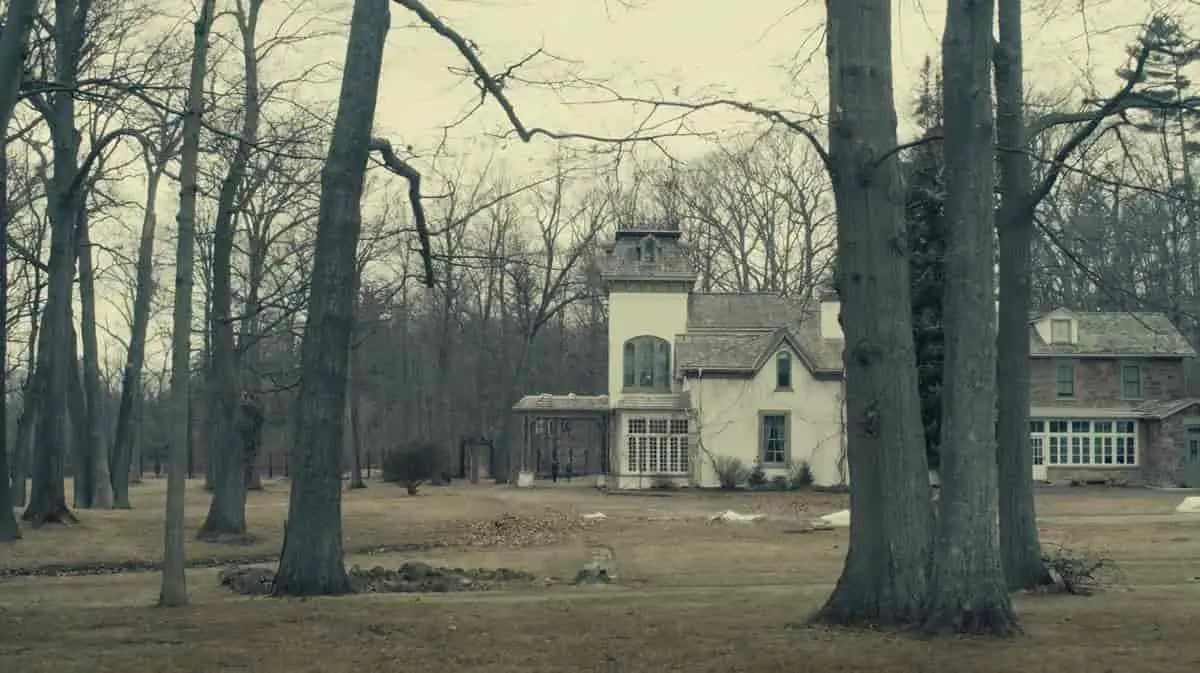Psycho is a 1960 cult classic film directed by Alfred Hitchcock. It features a very distinctive house. We might even say the house is a character in its own right.
THE PSYCHO HOUSE
The Psycho house is similar to what is now called ‘Second Empire Style’.
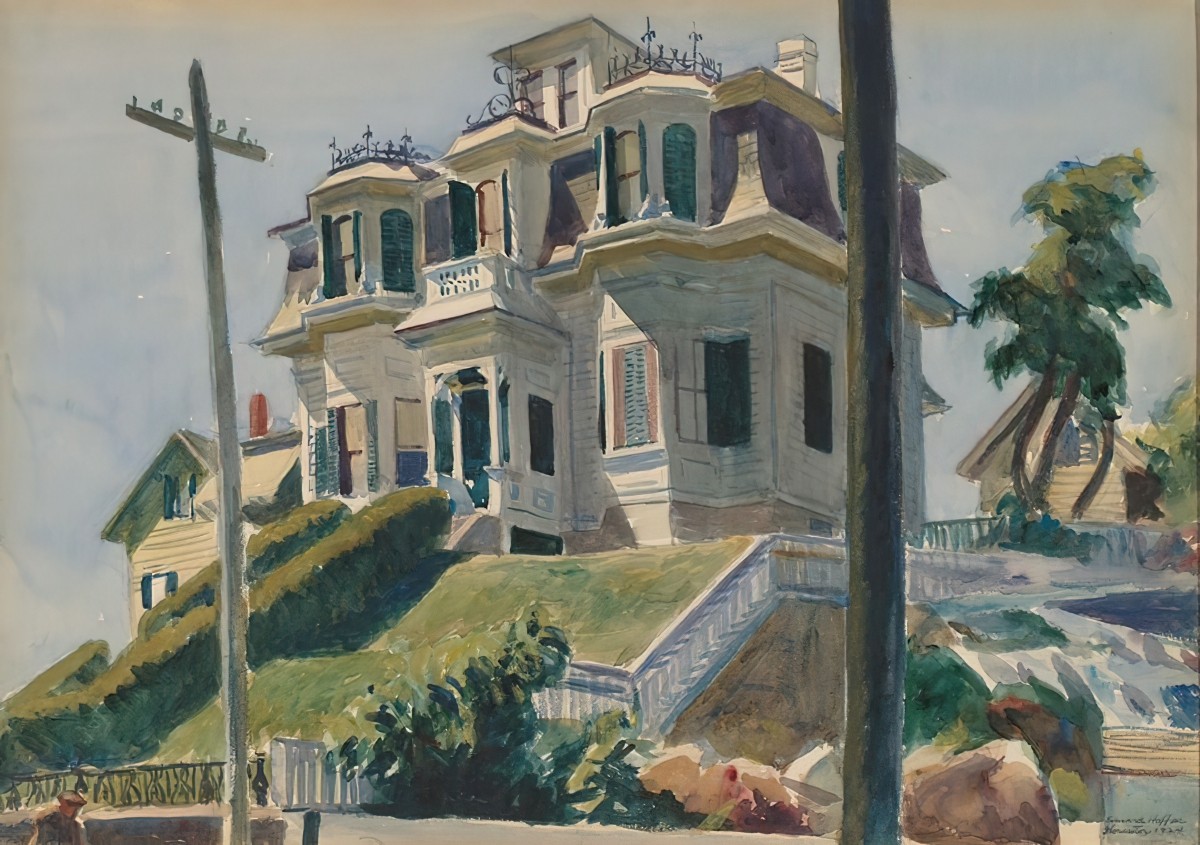
Robert Clatworthy and Joseph Hurley designed the Psycho house with Hitchcock’s direction. This movie house is original and specific to the film, but clearly grounded on a solid knowledge of local architecture. Hitchcock also confirmed that the house was modelled on houses found in Northern California at the time.
Why does the Psycho house look so dark creepy?
First, let’s take a look at what Empire style consists of. This was an ostentatious, luxurious style of house which shouted money.
AMERICAN EMPIRE STYLE HOUSES
- Fashions established in Europe were often emulated in the USA. But America added its own twist.
- Empire style originated in France in the early 1800s.
- This style starts with a neoclassical base, itself drawing from Greek and Roman forms.
- Empire style is not technically a style of architecture, but a style of design. The bones of the house are nothing out of the ordinary. But the outside looks like a wedding cake. Some call it “Gingerbread Gothic”. (See my post on Gingerbread Houses from Hansel and Gretel and see how apt this is.) These days, such houses are just as likely to be called ‘The Psycho House’.
- The outside of these houses is always elaborate and highly decorative.
- Egyptian motifs: palm leaves, sphinxes, lotuses
- Greek and Roman motifs: vases, urns, wreaths
- Inside, furniture will be big and bulky and expensive-looking.
- Tables will have marble tops.
- Polished mahogany is the wood of choice.
- There may be splashes of gold.
- Each room has its own colour scheme, usually with only one dark colour.
- Reclining sofas came back in.
- The Greek chair (the klismos) is well-suited to this style, with its curved back and legs.
- The archetypal Empire interior design: blue walls with pure white columns, pilasters and friezes built into cornices/fireplaces/window frames. Parquetry floors.
- You’ll commonly find upholstery on the walls.
- Massive chandeliers
- Candles, crystal pieces
- These houses have good natural lighting owing to large windows.
The inside of Quentin’s Sicilian Villa in White Lotus Season Two also conforms somewhat to this opulent style of interior decoration.
SECOND EMPIRE STYLE
- This style has become the quintessential haunted house.
- Psycho played a large role in this, but you’ll see it across all sorts of storytelling, starting with children’s literature.
- Actually, we could easily blame cartoonist Charles Addams, who had been using this style of house in his New Yorker cartoons since the 1940s.

- The stand-out feature of the Second Empire style is the Mansard roof (a hipped roof with steep slopes). American Empire style had love-itched roofs with a flat or slightly sloping top.
- This roof gives the attic more headroom, so these houses have wonderful attics with their own dormer windows. And we all know that attics are terrifying spaces, inaccessible to no one but the owner, symbolising their most terrible secrets.
- Second Empire style houses were built in America for the two or so decades between 1860 to 1880, which makes these houses old enough to be properly spooked.
- When the style went out of fashion, many were torn down.
- Compared to the (first) Empire style houses, these second Empire styles were darker, without the beautiful natural lighting, without the blue-and-white beachy colour schemes.
- Those round circular attic windows almost look like eyes, keeping watch on the surrounding neighbourhood. Elsewhere, the windows became taller and narrower compared to American Empire. This let far less light into the houses.
- Unlike American Empire houses, which are basically symmetrical, Second Empire style is deliberately asymmetrical, leaving us with an uneasy, off-kilter feeling. The entrance is probably off-center and the windows unevenly spaced.
- Both styles utilised brick or stone as primary building materials, but Second Empire style makes use of iron decorative elements, casting the mind back to a brutal Medieval period. Who knows, someone might whop you over the head with that door knocker.
- And although these houses were built by wealthy owners, compared to the first Empire style, they harked back to an earlier time without modern comforts. English aristocrats prided themselves on their austerity (despite their immense riches) and the proper temperature for an aristocratic house is freezing cold, without mod-cons which would make you appear, lord forbid, middle-class. (For an example of this mindset see The Remains of the Day.)
The Psycho house looks so creepy for all the reasons any Second Empire style looks creepy, but also because it suggests an earlier, luxurious time, and a family which has fallen into bad times or bad repute. There’s nothing in the Bates house which suggests comfort or luxury. The entire building suggests a Postlapsarian (after the fall) setting. Marion Crane has entered the house just before the very end of its ‘reign’.
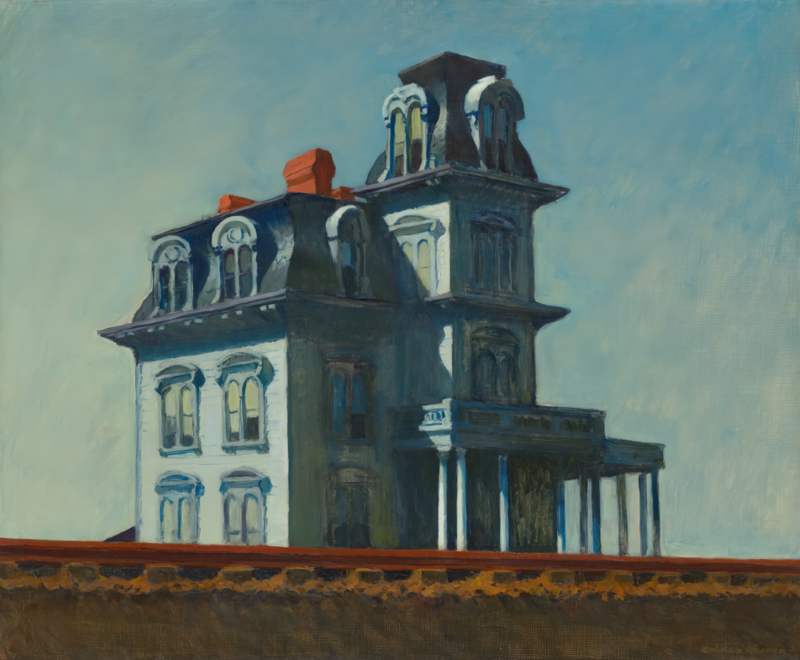
AN EXAMPLE OF SECOND EMPIRE STYLE FROM CHILDREN’S LITERATURE
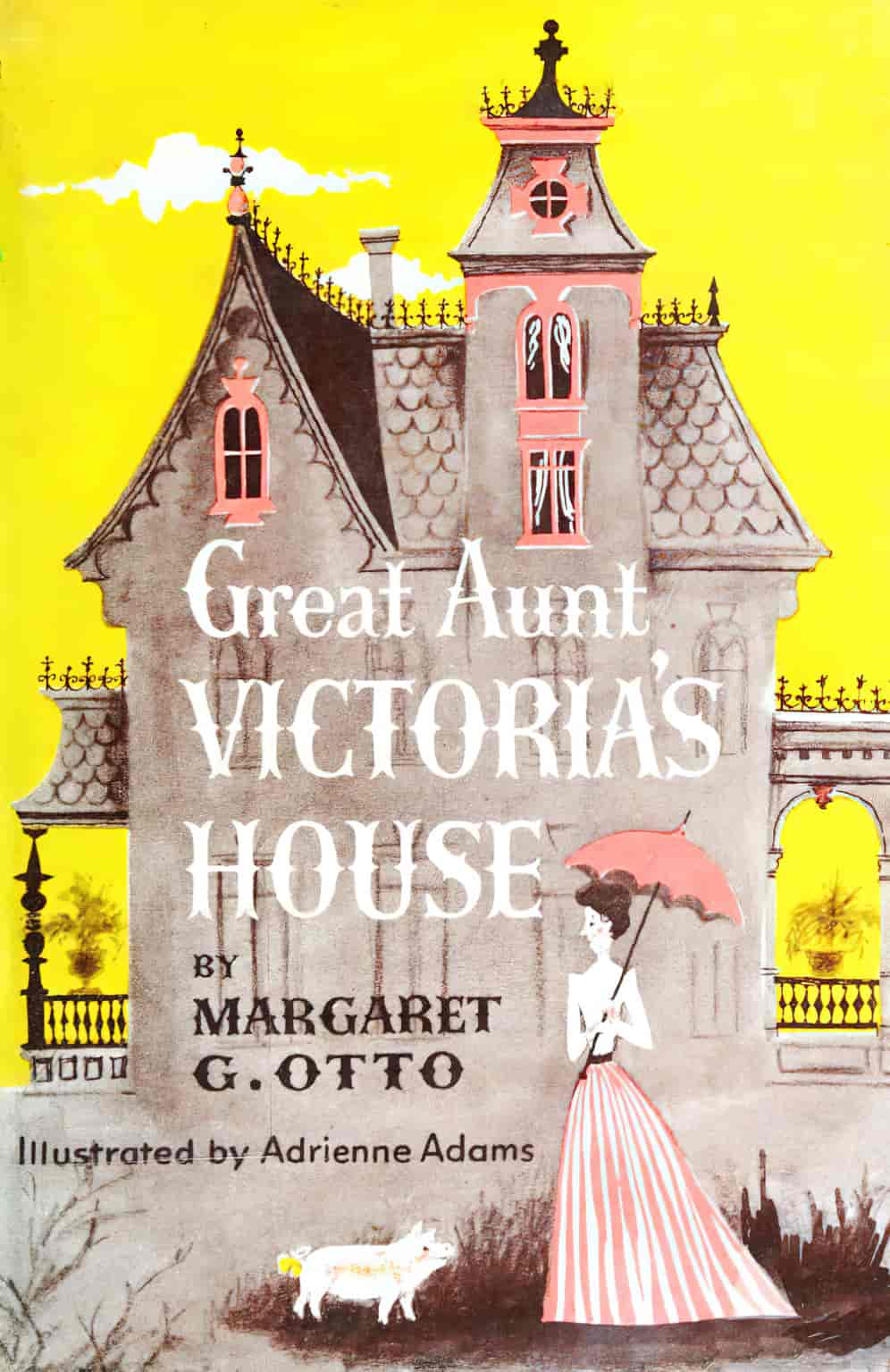
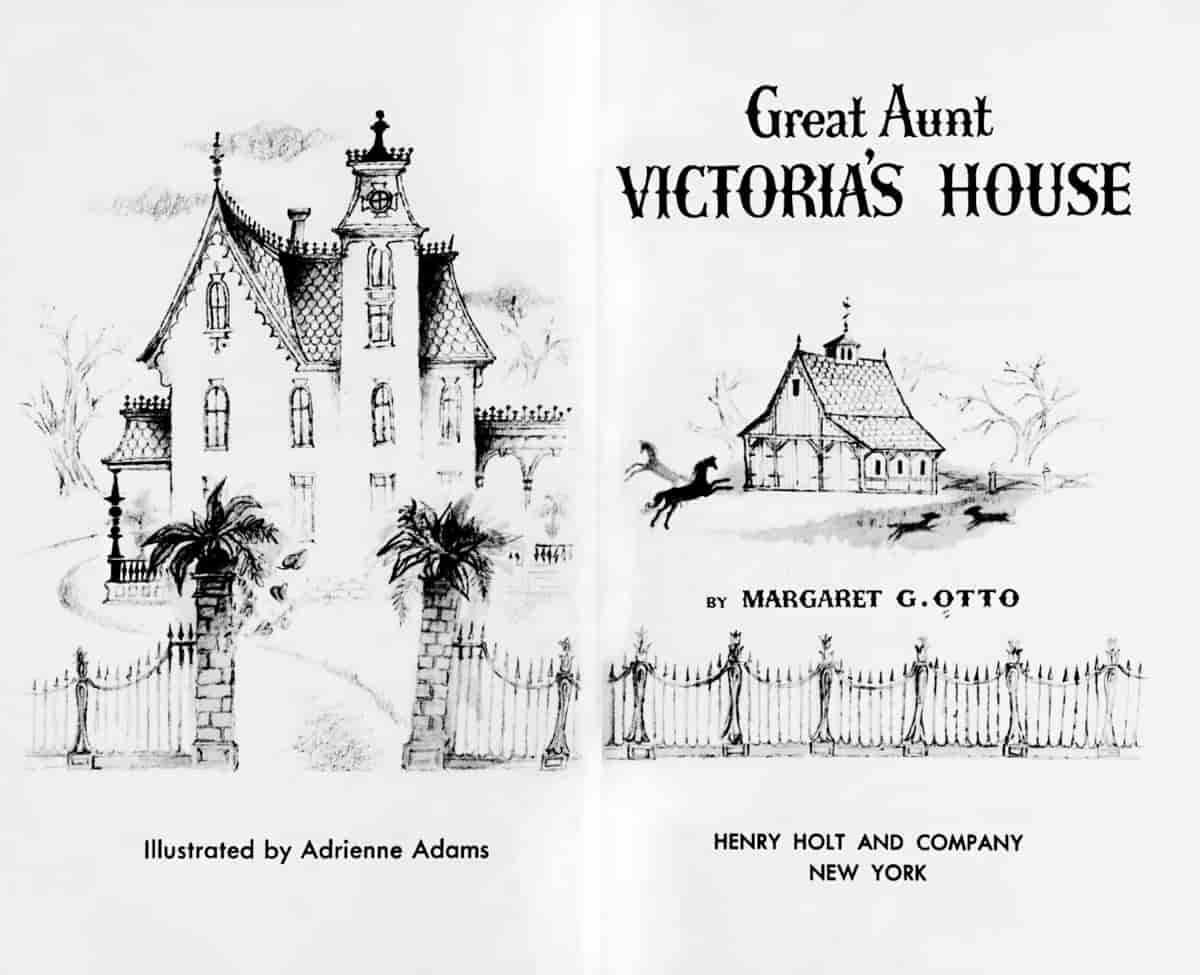
CHAPTER ONE: Before the Story Really Begins
For a long, long time before the story really begins, Great Aunt Victoria’s house had been standing behind its high iron fence. Its steep roofs had pointed up against the sky, and its tall windows had looked out over fine gardens. And for all that long time, too, Great Aunt Victoria’s house had been painted the color of chocolate cake.
Big trees that cast thick shadows had grown up along the driveway which curved from a fancy gate around to the front door and on to the stable at the back. And for all that long time the stable behind Great Aunt Victoria’s house had been painted the color of chocolate cake too.
Great Aunt Victoria’s house looked different from other people’s houses. And it was different from other people’s houses as well. For Great Aunt Victoria’s house had magic in it! And where there is magic, anything can happen…. just anything can happen.
Great Aunt Victoria had lived in the strange old magic house all her life.
Ever since she was a little girl old Patrick had been there, helping to take care of it.
Then Maggie had come–to be his wife and to cook–so long ago they had lost track of how many years she had been there with them.
Great Aunt Victoria’s House, opening paragraphs
SECOND EMPIRE STYLE IN ANNE WITH AN E
